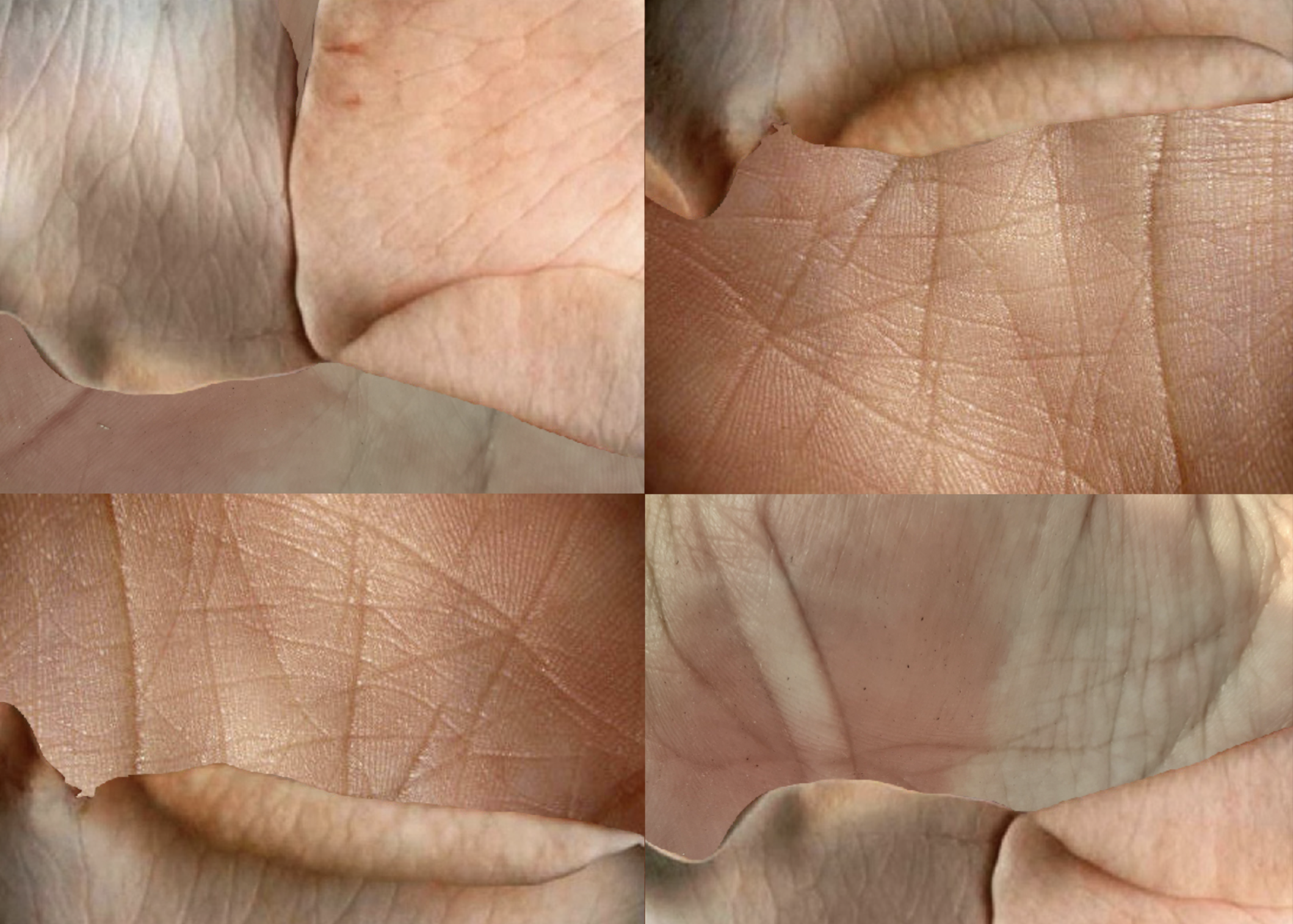Rallying under the title Sluice Seyðisfjörður: World-Building, 17 projects will exhibit over 200 artists in 11 venues around Seyðisfjörður from 23 to 25 May 2025.
Infrastructural Futures is a durational radio broadcast, hosted by Sluice State Emergency Management Agency in partnership with LungA School & Seyðisfjörður Community Radio - a shared digital and analogue broadcasting platform located in the village of Seyðisfjörður on the east-coast of Iceland - hosted, nurtured and initiated by an open-ended international community.
Infrastructural Futures uses Vinay Gupta’s Simple Critical Infrastructure Maps as a loose structural framework.
‘These maps were originally designed to allow someone to orientate themselves around the infrastructure and they exist inside in the event of a crisis. The way it does this is by plotting the six ways to die: too hot, too cold, illness, injury, hunger, and thirst. If you’re not dying of one of these six things, then you’re going to be dying of old age. Then what it goes on to do is that it puts the individual at the centre of the map and then concentrically moving out from the individual, we move through those spaces up to the world level. And then it maps infrastructure, or the means of not dying, against those concerns.’
This framework will be crossed with a RPG style narrative to plot and structure the selected audio works. The result will be an emergency broadcast into the void. The future of the world is at stake. The public must be warned.
As part of Infrastructural Futures, I am presenting four audio / text works. The spoken words and sounds are an extension to the body-material worlds I create. Taking the unique language that a material transmits, these works become a mixture of material soundscapes, that mingle with the words and phrases I obsessively collect and combine, letting them rub up against each other, constructing them into type of ‘sonic material’. Some of the audio works embrace the voice alone, but speak to us of these body-material worlds.
Selected Artists / Audio:
Will Gresson + Iulia Boșcu / Disinformation / Jay Goodbrave (comm.Possible Worlds) / Corridor8 / Cos Ahmet / TMLE / Ruth Jones / There Are No Birds Here / Beth Ross / Con: temporary Quarters / Jim Ricks / Ari Kerssens / Oliver Payne + Tazelaar Stevenson / Elena Botts (unknown sound collective) / Nicola Colclough / Meitheal / Kimbal Bumstead / Ambitions Graveyard / Yarmonics / TLK (Od Arts Festival) / Geography of Colour / LungA School / Sarah Wishart
The Sluice State Emergency Management Agency transmitted the selected artists audio pieces for the duration of the expo, interdispersed with other live elements. The listening experience was available online via the Sluice website, on Seyðisfjörður Community Radio, or via the radio station on FM 107.1
About Sluice Seyðisfjörðu Expo
The eleventh edition of Sluice’s peripatetic international expo is alighting in the far east of Iceland in the isolated town of Seyðisfjörður (population 670). Sluice Seyðisfjörður is an international expo of artist and curator-led projects each addressing the concept of world-building as a means to explore how we build worlds within our own. How these re-imagined, alternative worlds reflect back at us our dissatisfaction with the world as-is and points towards utopic/dystopic alternates. We recognise the danger of the current historical moment, and also its potential.
About Sluice
Sluice is a non-profit initiative based in the UK, led by artists and curators. Since 2011 Sluice has collaborated exclusively with other artist and curator-led projects, collectives and non-profit initiatives. We create multi-faceted events around the world, focusing on the local in a transnational context in order to examine artist-led culture.
To coincide with the Sluice Seyðisfjörður: World-Building Expo, a special Spring / Summer 2025 Issue under the title of ‘World-Building’, accompanies the entire expo. Details available on the Sluice website. Infrastructural Futures is part of Sluice Seyðisfjörður: World-Building Expo 2025, and was developed in partnership with LungA School, and broadcast live as a radio take-over in conjuncion with Seyðisfjörður Community Radio.
To listen to a broadcast extract featuring my four audio works, including an introduction, please click here
sluice.info/events/seydisfjordur
seydisfjordurcommunityradio.net




















